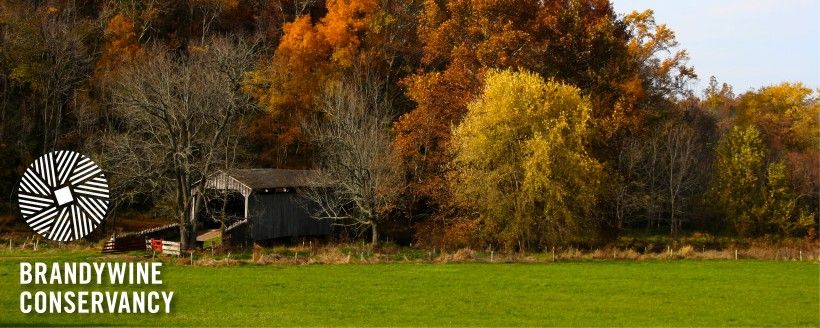
Directors' Report
Dear Fellow Conservationists,
Fall is finally here after a hot, dry summer, and cooler temperatures are a welcome change to enjoy the beautiful season outside.
Forty years ago, a tremendous conservation initiative was achieved—the preservation of a 5,300+ acre portion of the King Ranch in the Unionville area of Chester County, PA. This fall we celebrate that momentous achievement, and we look back in awe of our co-founder, George “Frolic” Weymouth, the original investors, and the community who had the courage to attempt a conservation project on such an enormous scale the region had never seen before. The risk to pull off such a venture was huge, but the risk of seeing the King Ranch developed was even greater. With many years of preparation and three long years of project negotiation, due diligence, and documentation, the King Ranch was preserved through conservation easements, and at the heart of the project, the most pristine 771-acres was donated to the Conservancy as the Laurels Preserve. We are grateful to those who put so much on the line for conservation. Due to their vision, 40 years later we celebrate not just 5,300 acres preserved, but over 26,000 acres preserved in the Greater King Ranch area. And even more, Chester County as a whole is now over 30% preserved with over 151,000 acres protected!
In this issue of Environmental Currents, you will see how our work is continuing to evolve to meet our ever-changing environmental challenges and needs. Learn about the pesky multiflora rose in our Invasive Species Spotlight, how to approach fall and winter composting in our Climate Corner, and information on some exciting current projects of the Conservancy, such as the Hoffman’s Dam removal. We also recognize it takes a village to preserve our precious natural resources, so we have highlighted a few of our long-serving public partners who have been key to our work.
It is due to the continued commitment of landowners, environmental partners, and elected officials at all levels to ensure our open spaces and productive agricultural lands are preserved forever. Our work is in perpetuity—and after 57 years of conserving the natural and cultural landscapes of southeastern Pennsylvania and northern Delaware, we are now entering into our third generation of conservationists, landowners, and elected officials who are proud to carry the torch and honor our amazing conservation legacy.
It will take all of us and our individual efforts to continue the vision our founders had—we hope you will join us.
— Stephanie and Grant
Stephanie Armpriester, Director of Conservation and Stewardship
Grant DeCosta, Director of Community Services
Q&A: Bats in Pennsylvania
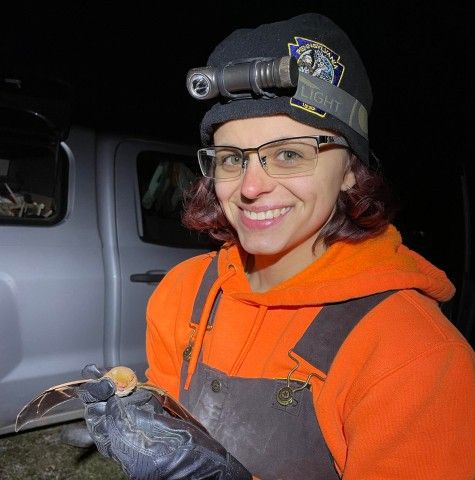
Fifteen years ago, a fungal disease swept through Pennsylvania, devastating the state's hibernating bat population. We recently had a chance to sit down with Mollie Byrne, a Wildlife Disease Biology Technician with the Pennsylvania Game Commission who travels across the Commonwealth inspecting bat hibernacula and individuals for health and disease, to chat about what's changed since then.
Click here to read more
Invasive Species Spotlight: Multiflora Rose

Multiflora Rose (Rosa multiflora) is a seemingly innocuous shrub that has become one of the most troublesome invasive species in North America. Initially introduced to the region for practical purposes such as erosion control and habitat enhancement, this resilient plant has since spread aggressively across a multitude of landscapes, creating dense thickets that outcompete native vegetation.
Click here to read more
Turning Yard Waste into Garden Gold: Composting through the Fall and Winter

As the temperatures cool and leaves start to change color, many might be wondering how to best prepare their properties and gardens for winter. While dead plant matter in garden beds may seem unsightly to some, leaving the fall cleanup until spring has a whole host of benefits.
Click here to read more
Project Spotlight: Honey Brook Animal Hospital
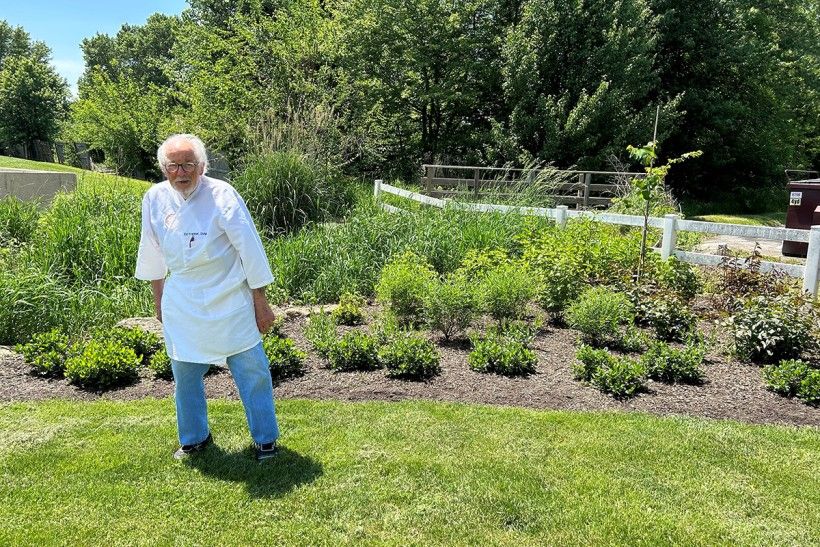
Peek inside a recent Conservancy project to help protect water quality downstream by addressing stormwater drainage issues at Honey Brook Animal Hospital, located at the headwaters of the Brandywine Creek.
Click here to read more
Project Spotlight: Official Map

Recently, the Conservancy assisted West Brandywine Township in the adoption of their first Official Map, a powerful tool used to plan for future needs. Official maps help municipalities identify lands that could provide future public benefits—everything from a site for a new firehouse or public park, to infrastructure improvement, to transportation networks, including trails.
Click here to read more
Hoffman's Mill Dam Removal
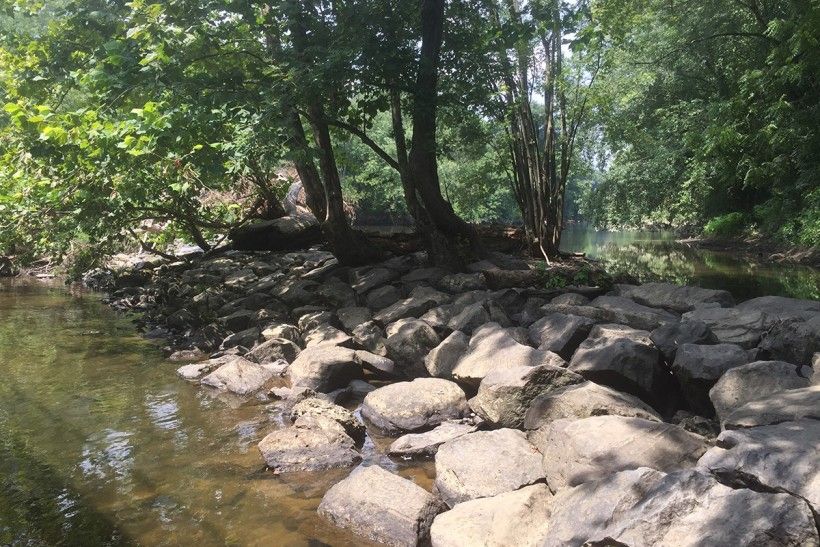
The construction of low head dams—which allow water to flow over their entire top—played an important role in the settlement, development, and growth of our Nation, especially in southeastern Pennsylvania. However, many of these dams no longer serve their original purpose and can negatively impact the natural habitat of our rivers in numerous ways. In the following article, learn more about the Hoffman's Mill dam, located near the Brandywine Museum of Art, and why it will soon be removed.
Click here to read more
Piedmont Spotlight: Sycamore – Grasslands, Meadows, and Savannas
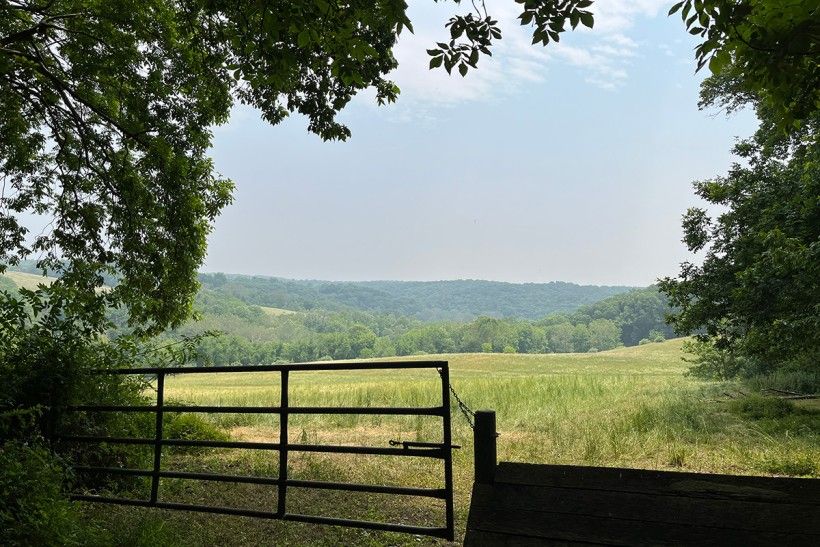
Prior to European colonization, grasslands, meadows, and savannas (“GMS” communities) made up a small percentage of land cover in the Piedmont, a region primarily dominated by forest. Today, that percentage is higher due to the number of crop fields, lawns, hayfields, pastures, and fallow fields. However, these modern grassland communities are often considered to be ecological sinks or even ecological traps which fail to provide quality habitat for the wildlife that rely on them. In this Piedmont Spotlight, learn more about the history of GMS communities, along with some suggestions for restoration and reclamation of GMS communities today.
Click here to read more
Event Recap: Celebrating the Year of the Moth

Penguin Court, Brandywine Conservancy’s private preserve in Westmoreland County, is one of over two dozen organizations that comprise the Westmoreland Pollinator Partners (WPP) that works to promote native plants and their pollinator interactions. WPP deemed 2024 the “Year of the Moth,” to help bring attention to these under appreciated pollinators. Read on for a few highlights from recent programs spotlighting the importance of moths.
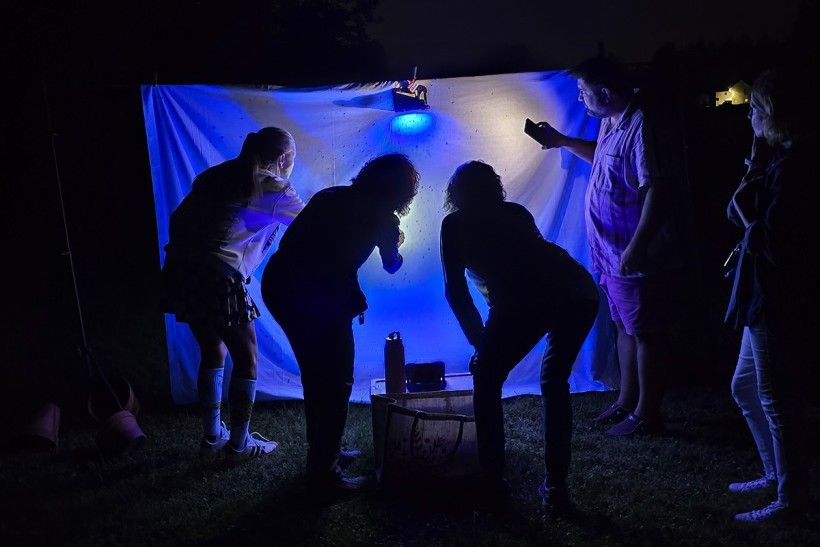
Mothing Nights
With most moths conducting their business when humans are sleeping, they often go unnoticed, but shine a flashlight on your native plants or set up a mothing sheet at your home and see just how much pollination activity is occurring under the cover of darkness! Penguin Court worked with the Carnegie Museum of Natural History’s Powdermill Nature Reserve to host two "mothing nights" this summer. Staff directed blacklights onto white sheets set up outdoors, and, as dusk turned into night, dozens of insect species were attracted to the UV light. The program allowed participants to see many moths up close and taught them how to go “mothing” at home. Over the course of the night, insects were photographed and the images were uploaded into iNaturalist, including the images below which show how UV lights make some insects—such as the Spotted Apatelodes Moth caterpillar—appear to glow!
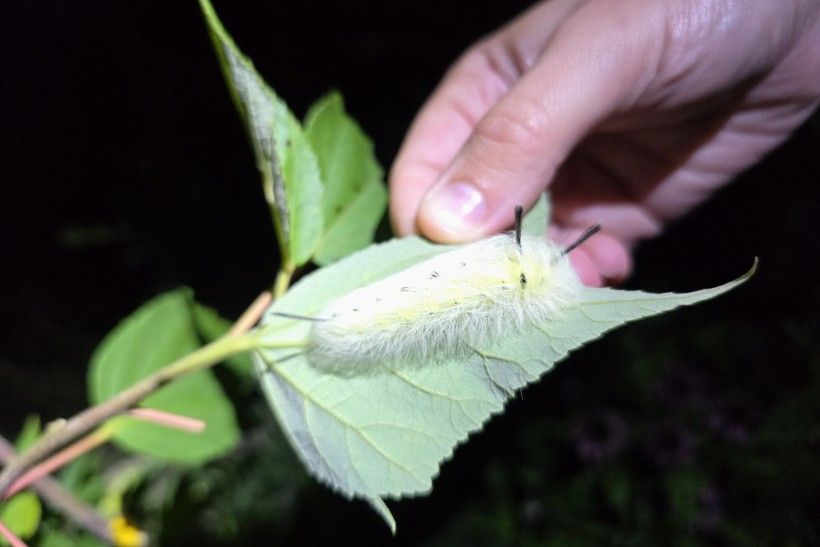
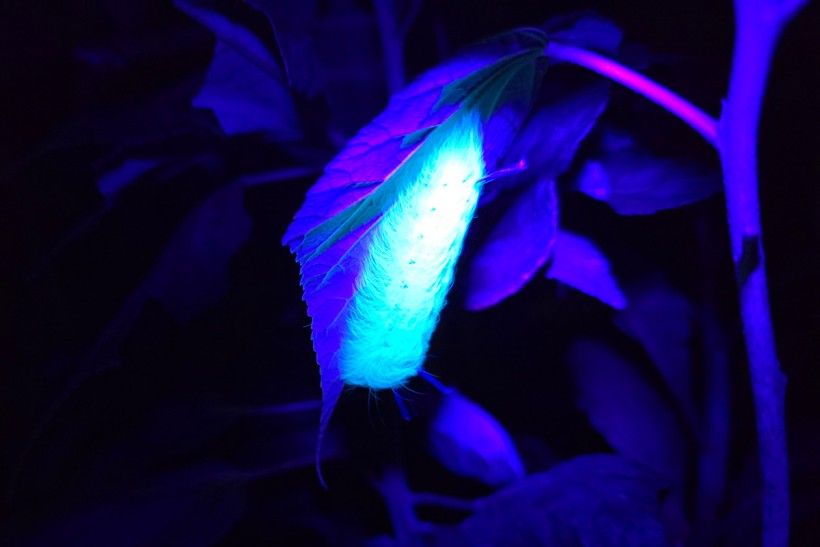
Monarchs, Milkweed and More: the Moths Edition
Brandywine Conservancy secured a Laurel Highlands mini grant from the Pennsylvania Environmental Council, which administers funds from the Pennsylvania Department of Conservation and Natural Resources Community Conservation Partnerships Program to defray costs associated with the mothing nights. The funds were also used for “Monarchs, Milkweed and More: the Moths Edition” (3M), an annual event coordinated by Penguin Court and the Southern Alleghenies Museum of Art (SAMA) in Ligonier that is designed to educate, enrich, and engage guests in nature and art activities.
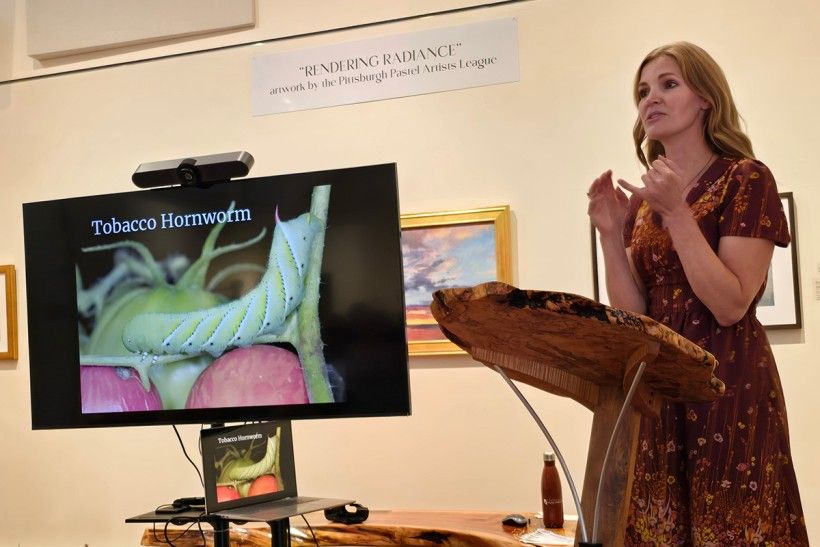
This year, over 100 people attended 3M and were treated to a guest presentation titled “Mysterious Moths” by Chelsea Gottfried, co-author of Gardening for Moths: A Regional Guide. With amazing photographs that illustrated how charismatic moths are, Ms. Gottfried spoke of their importance not only for pollination, but as a food source for other animals. She also shared their special adaptations and highlighted their reliance on native plants to complete their life cycle, and even offered tips on how you can support moth populations. Attendees left smiling in wonderment and with a new appreciation for moths!
Guests were also able to interact with representatives of organizations that offered activities and information about insects, including Dark Skies International, Discover Westmoreland, Penguin Court, Penn State Extension Master Gardeners of Westmoreland County, Pennsylvania Master Naturalist, Powdermill Nature Reserve, Southern Alleghenies Museum of Art, and Westmoreland Land Trust.
Pennsylvania Pollinator Photo Challenge
Penguin Court, WPP, and grant funds also supported the fourth annual “Pennsylvania Pollinator Photo Challenge.” Participants could submit up to three images of a pollinator photographed in Pennsylvania, which were then anonymously judged by representatives of the Southern Alleghenies Museum of Art and The Westmoreland Museum of American Art. In addition to first, second, and third places in each of the youth and adult categories, judges were tasked with picking the best photograph of a moth taken by a child and an adult. Winners and honorable mentions were revealed at 3M and can be viewed on the contest webpage.
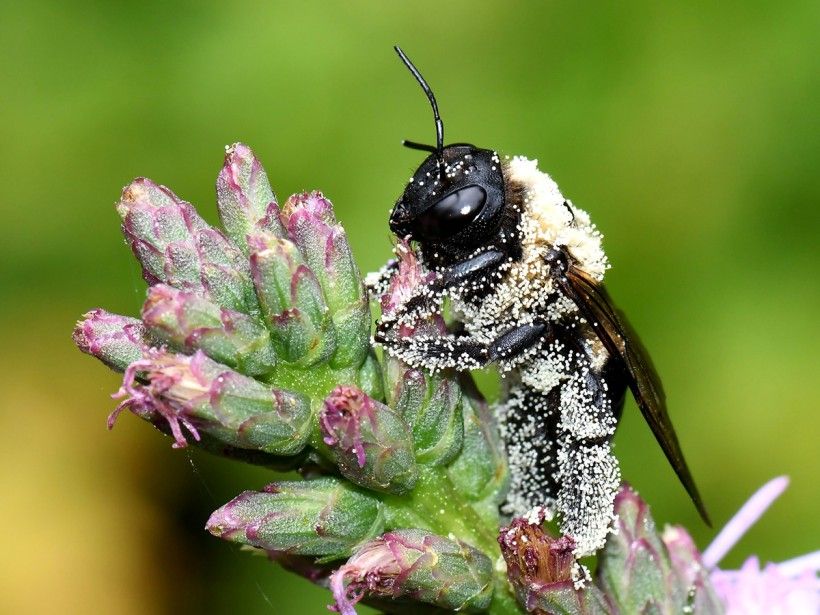
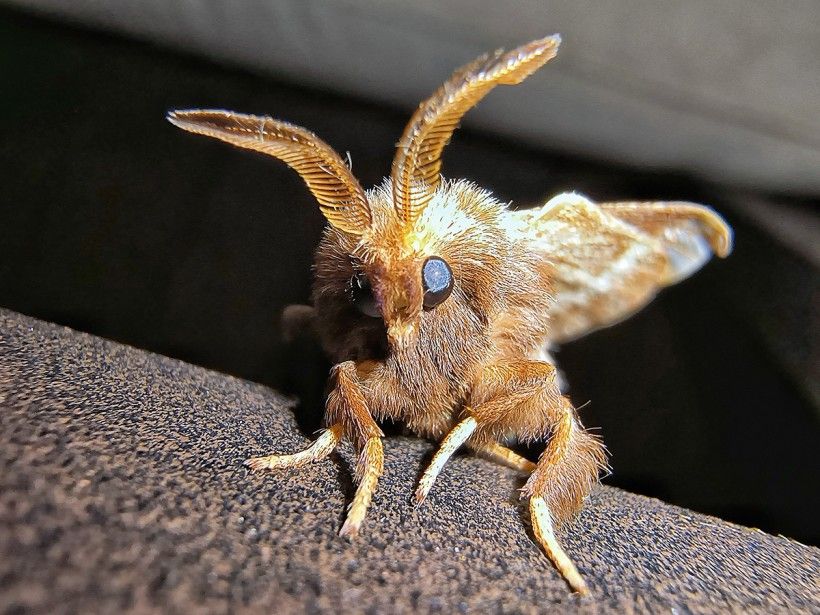
Before the cold of winter sets in, we encourage you to observe the moths at your home or in your community. Leave the leaves this fall to support a plethora of insects, including the spectacular luna moth, which pupates in leaf litter. Finally, always remember to keep your camera close and photograph those pollinators for next year’s photo challenge!
Brandywine Creek Greenway Mini-Grant Award

The Brandywine Conservancy is pleased to announce the recipient of the Brandywine Creek Greenway Mini-Grant Program for Spring 2024! Since 2020, this program has awarded $163,854 from the Pennsylvania Department of Conservation and Natural Resources’ (DCNR) Community Conservation Partnership Program Environmental Stewardship Fund, administered by the Bureau of Recreation and Conservation.
Congratulations to the following awardee for Spring 2024:
Chadds Ford Township
Sunset Hill Trail Implementation Plan—$7,500
To be accessible via Heyburn Rd and Ridge Rd in Chadds Ford, the plan for Sunset Hill Preserve will include trail implementation, construction, and maintenance, while offering opportunities for historical interpretation, environmental preservation, and access to additional open space for recreation in the township.
Stay tuned for an announcement to be made regarding an additional round of funding, with a rolling application opening Fall 2024 and due by August 2025. Brandywine Conservancy will be able to grant awards of $2,000 to $13,000 to projects that will support and advance the goals and objectives of the Greenway’s Strategic Action Plan. All projects submitted for consideration of this award must be completed in full by October 2025.
Announcements will be made by email and on the Brandywine Creek Greenway’s (BCG) Mini-Grant Program website.
Recognizing Long-Serving Public Servants

The tail end of 2024 sees the retirement of several long-serving public servants who have contributed greatly to the local Brandywine community. In unique and special ways, these dedicated individuals have over many years assisted and partnered with the Brandywine Conservancy in fulfilling our mission of protecting and conserving the land, water, natural, and cultural resources of the Brandywine-Christina watershed. As an organization and staff, we’d like to express our appreciation and congratulate each of them on successful careers, while wishing them an enjoyable and rewarding retirement.
Brian O’Leary – Brian will be retiring this November after almost 40 years in the arena of County planning, including the past ten years spent as Executive Director of the Chester County Planning Commission (CCPC). During his time at CCPC, Brian has overseen the update to the County’s Comprehensive Plan, Landscapes3, and helped the Commission navigate the COVID pandemic, which had a significant impact on planning activities given the public nature of these endeavors. Upon retirement, Brian plans to spend more time travelling, pursuing creative hobbies, and spending additional time with his family.
“Brian has provided the highest caliber of leadership to the Chester County Planning Commission—and to Chester County as a whole—during his 9-year tenure as Executive Director of the CCPC. In my estimation, he has been the perfect fit for Chester County—thoughtful, highly qualified, and always seeking opportunities to improve professional planning’s impact. Accordingly, the county’s open space program has continued to thrive under Brian’s leadership. By elevating goals to Preserve and Protect Chester County’s special places within Landscapes3—the county’s comprehensive plan—much has been accomplished. And the plan provides clear guidance for advancing open space and natural areas protection goals in the future.” — Molly Morrison, Chester County Planning Commission Board Member and former President of Natural Lands
Drew Gilchrist – Drew retired in late August after a distinguished 40-year career in conservation. Most recently, Drew spent 12 years serving as a Regional Program Advisor for Chester and Montgomery Counties at the Pennsylvania Department of Conservation and Natural Resources (DCNR). While at DCNR, Drew assisted many in furthering conservation efforts and implementing recreation facilities by formulating creative solutions to sometimes complex projects. Prior to his role at DCNR, Drew honed his people skills and knowledge of conservation with 25 years as the Director of the Center for Conservation Landowners at Natural Lands. Drew’s contagious personality and unwavering professionalism will be missed at both DCNR and the multitude of municipalities and partners he has worked with over the years, including the Brandywine Conservancy.
Kathleen Howley – Prior to her retirement this past August, Kathy had worked for Pennsbury Township for an unprecedented 45+ years, most recently as Township Manager since 1994. During her tenure, while many areas of Chester County developed significantly, Pennsbury remained a quiet residential township with a focus on preserving open space. Wendell Fenton, a member of the Board of Supervisors at the Township noted that “Kathy was the most friendly, helpful, competent, and resourceful manager that any township could hope for. Throughout her tenure, she was a positive force on any matter. We thank her and wish her well.”
Susan Simone – After serving 17 years as Pocopson’s Township Secretary, Susan will be taking a well-deserved retirement at the end of 2024. Until recently moving into newly built Township Offices, for many years Susan worked in small quarters in the old township garage on Denton Hollow Road that had been converted into an office and meeting room. As a municipality within the Conservancy’s Brandywine Creek Greenway, Susan has always ensured that Pocopson has been a responsive and effective partner in forwarding the Greenway’s goals. Raymond McKay, a member of the Board of Supervisors in Pocopson, noted that throughout her tenure, Susan “was always looking out for the interests of the township and was pro-active in anticipating issues and offering useful positions or solutions” and that she “will be missed.”